I’ve been updating the blog and uploading posts from 2010. It’s slow work because I can’t figure out how to turn old Movable Type html files into a file the importer can read. Luckily I found what I was looking for in another spot.
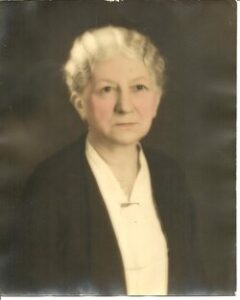
I was looking for Mrs. Flynn. In 1920, Mrs. Rosa Lee Smith Flynn rented 1735 New Jersey Avenue NW, living there with her three adult daughters, Ethel, Edna (Florence?) and Frances and two sons, George and Charles.
She was a widow at the time (1920), as her husband Zachariah Taylor Flynn died in 1907. They had twelve children. Roley (1879-1905); George (1880-1929); Jane; Henry (1883-1969); Zachariah (1885-1961); Daisy (1887-1951); Benjamin (1888-1953/1962?); Ethel (1890-1924); Florence Edna (1892-1922); Frances (1890-1961); William (1898-??); and Charles (1899-1984).
Prior to living in the District of Columbia and Zack’s death, they were on a farm in the town of Scott in Fauquier County, VA. In 1910, she lived at 112 P St NW, in Truxton Circle. Son George, aged 29 worked as a bookkeeper for a dairy. Maybe the dairy on the 1600 block of 1st St NW? George (bookkeeper), Daisy (a dressmaker), and Edna (clerk in dry goods shop) appear to have supported their mother and younger siblings, Frances and Charles.
When we arrive at 1920, with the exception of Francis, her adult children are all working and supporting her.
I asked myself the question of why was there a 100% racial change on that stretch of New Jersey Ave from 1920 to 1930 and the Flynns provide a mundane answer. Life went on. Continue reading Change from 1920 to 1930, White to Black, Flynn to Keasley- 1735 New Jersey Av NW

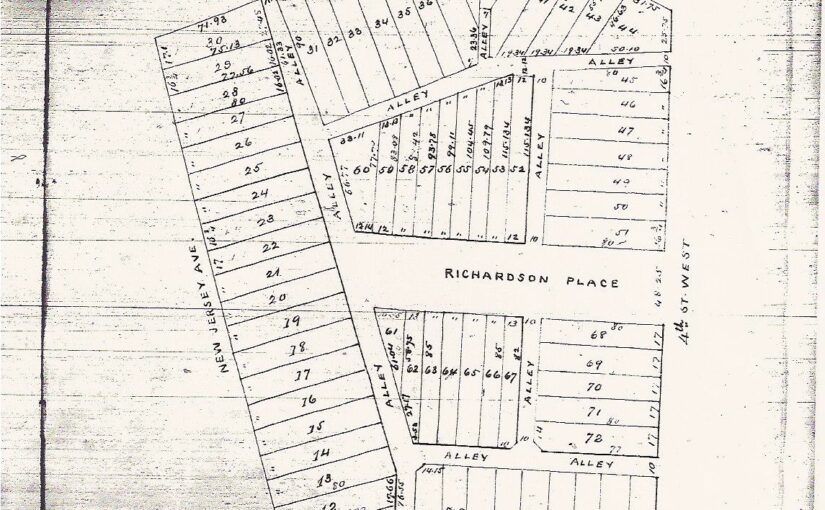
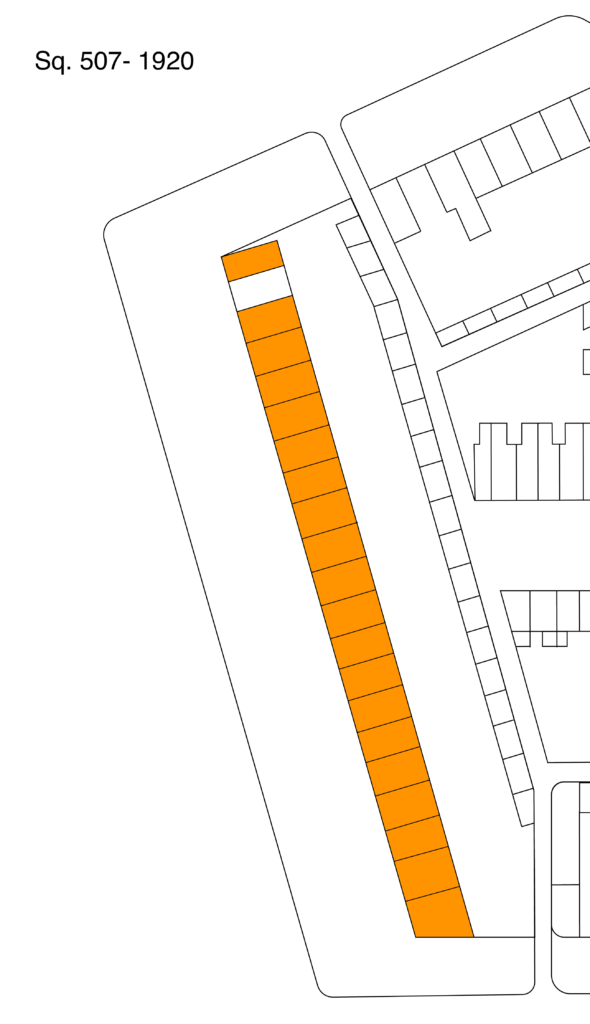
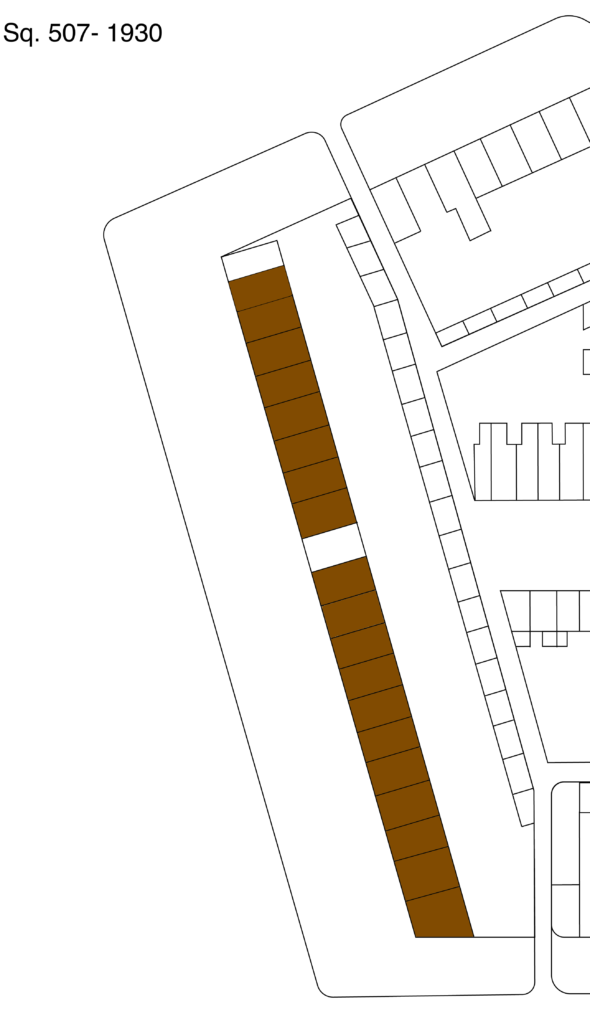
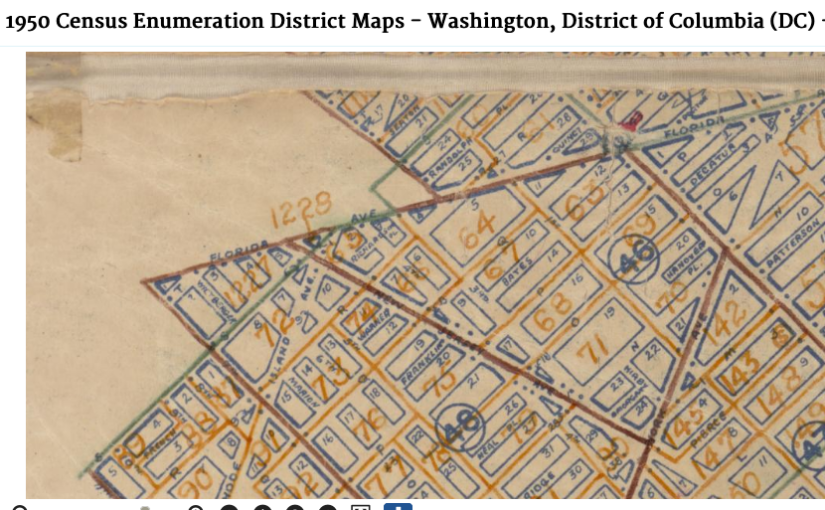

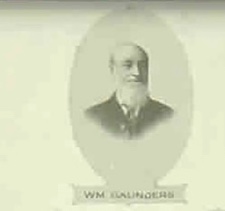
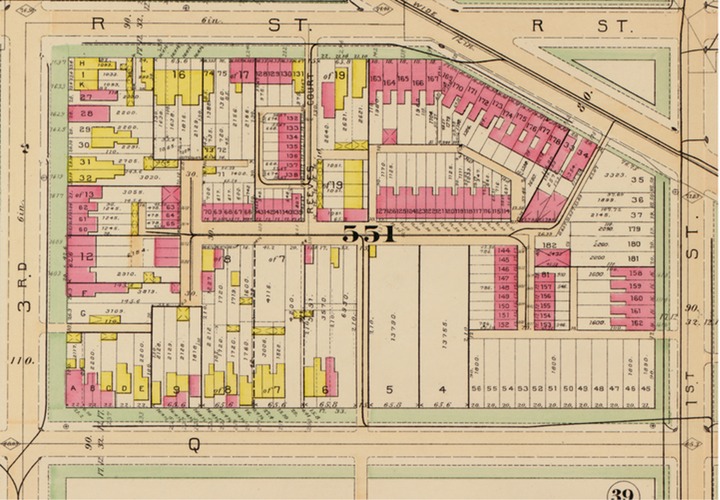
 William Saunders was a TC resident, and he has a
William Saunders was a TC resident, and he has a